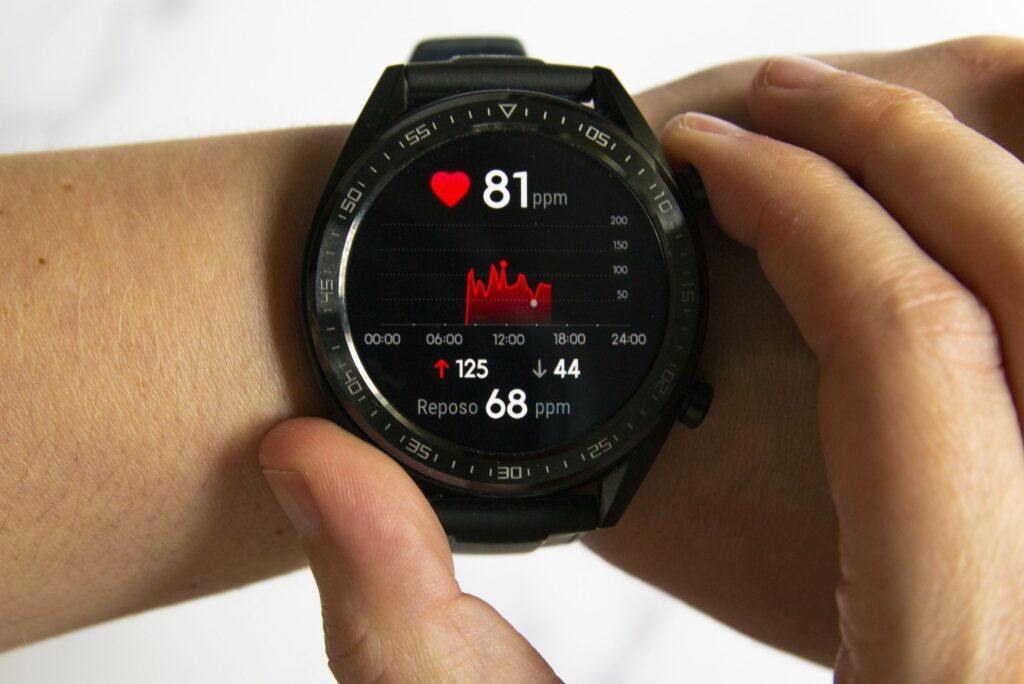Running not only improves your cardiovascular health, but it also contributes to your overall well-being. Even though running has been around for over 2 million years, it is currently experiencing a resurgence in popularity. It’s no surprise, given running can be both fun (most of the time) and free!
However, there has also been a surge in running-related injuries, such as Achilles tendon pain, shin splints, patellar tendon pain, patellofemoral pain syndrome (PFPS), ITB pain, plantar fasciitis, and stress fractures.
This post will delve into three crucial aspects to help kickstart or enhance your running journey and avoid injuries that might hinder your progress.
1. Easy Does it
The thrill of sprinting and showcasing your Strava achievements is tempting, but it could do more harm than good. The foundation of every runner’s week is the ‘easy run.‘ This laid-back jog aids optimal recovery and builds your aerobic base. Aim for an easy run between 50-70% of your maximum heart rate (HR) – comfort is key here.
How? Use a smartwatch or heart rate strap to monitor your HR, or if you don’t have these available, go with the classic ‘feel.’ You’re on the right track if you can chat without gasping for air!
It might feel painfully slow for some, and that’s okay—sometimes, you might even need to throw in a walk. Remember, you’re only competing with yourself! The 80/20 rule is a go-to for many runners: 80% easy runs, 20% challenging ones for the week. Slow down to avoid injuries, and speed up later (if that is your long-term goal).

2. Avoid The ‘Too Much, Too Soon’ Trap
Motivation is a fantastic driving force, but going full throttle by running too fast from day one can lead to overuse injuries. The key is to find an optimal balance between training and recovery. Resist the urge to cram as many sessions as possible for quick results; your body needs time to adjust.
Consider the 10% rule: increasing your distance weekly by 10%, e.g., if you run 5km one week, aim for 5.5km the next. Alternatively, extend your running time gradually— add a couple of minutes each week. If you’re a running novice, refrain from changing your distance or time for at least the first four weeks. Your body needs this grace period to adapt.
There are great apps like Runna, Nike Run Club, and Strava that can tailor a running program to your level and goals. Garmin users, your app can do the same!

Strength training is a secret weapon for runners to prevent injuries and enhance performance. It increases muscular endurance, power, and running efficiency. The selection of exercises can vary from general ones like squats, snatch, clean and jerk to more specific ones for sprints like split squats, single-leg deadlifts, lunges, step-ups, and one-legged squats (Haugen et al., 2019).

If you don’t like going to the gym, you can do squats, lunges, push-ups, calf raises, and planks at home. If you have weights or resistance bands, that’s even better! I recommend consulting with your osteopath or physiotherapist to get a tailored program.
Remember, rather than running too fast, you should aim to enjoy your run! So lace up those shoes, take it slow, and get moving!
Dr. Daniel Raab (Osteopath)

Want to learn more about running or how you can avoid injuries? Click here!
Additional Resources
Haugen, T., Seiler, S., Sandbakk, Ø. et al. The Training and Development of Elite Sprint Performance: an Integration of Scientific and Best Practice Literature. Sports Med – Open 5, 44 (2019). https://doi.org/10.1186/s40798-019-0221-0

